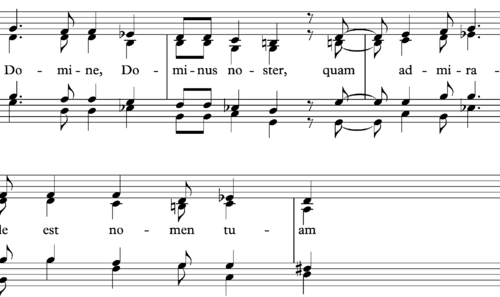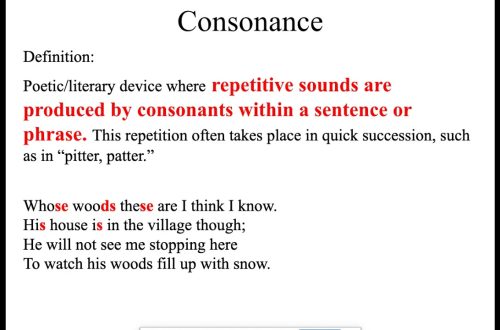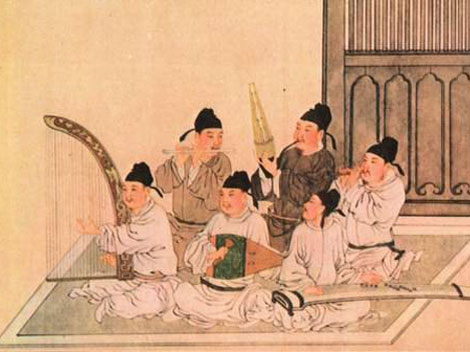
Chinese Folk Music: Traditions Through the Millennia
Contents
The musical culture of China began to emerge about 4 thousand years ago. Tribal dances, songs, as well as various ritual forms in rituals are considered to be its origins.
For the inhabitants of the most populous country in the world, folk songs, dances, playing instruments are of great importance. It is significant that the words “music” and “beauty” are denoted by the same hieroglyph, only they are pronounced slightly differently.
Features and style of Chinese music
European peoples have long been surprised by the culture of the East, finding it wild and incomprehensible. There is an explanation for this opinion, because Chinese traditional music has bright distinctive features, including:
- leading the melody in unison (that is, a predominantly monophonic presentation, from which Europe has already managed to wean);
- the division of all music into two styles – northern and southern (in the first case, the dominant role is given to percussion instruments; in the second, the timbre and emotional coloring of the melody are more important than rhythm);
- the predominance of contemplative moods over the image of the action (Europeans are used to drama in music);
- special modal organization: instead of the usual major and minor to the ear, there is a pentatonic scale without semitones; a specially arranged seven-step scale and, finally, the “lu-lu” system of 12 sounds;
- rhythm variability – frequent change of even and odd, the use of complex composite musical sizes;
- the unity of poetry, melody and features of the phonetics of folk speech.
Heroic moods, clear rhythm, simplicity of musical language are characteristic of the northern traditional music of China. The southern songs were radically different – the works were filled with lyrics, refinement of performance, they used the pentatonic scale.

At the heart of Chinese philosophy is hylozoism, a doctrine that implies the universal animation of matter. This is reflected in the music of China, the main theme of which is the unity of man and nature. Thus, according to the ideas of Confucianism, music was an important factor in the education of people and a means of achieving social harmony. Taoism assigned art the role of a factor contributing to the fusion of man and nature, and Buddhism singled out a mystical principle that helps a person spiritually improve and comprehend the essence of being.
Varieties of Chinese Music
Over several millennia of development of oriental art, the following types of traditional Chinese music have been formed:
- songs;
- dancing;
- Chinese opera;
- instrumental work.
Style, manner and beauty of performance have never been the main aspects of Chinese folk songs. Creativity reflected the peculiarities of the regions of the country, the way of life of the people, and also satisfied the propaganda needs of the government.
Dancing became a separate type of Chinese culture only in the XNUMXth-XNUMXth centuries, when theater and traditional opera were developed. They were performed as rituals or performances, often at the imperial court.
Chinese traditional erhu violin and piano
Chinese song genres
The works that were performed even before our era, most often sang of nature, life, the world around. Many Chinese songs were dedicated to four animals – a dragon, a phoenix, a qilin (a miracle beast, a kind of chimera) and a turtle. This is reflected in the titles of works that have come down to our times (for example, “Hundreds of birds worship the phoenix”).
Later, there were more songs in terms of themes. They were divided into:
- labor songs (accompanying field work, fishing activities, walking porters);
- protest (exposing bribery, cruelty of landlords);
- love and family (about the relationship between men and women, their lives; the new songs reflect the change in family life after the revolution);
- playful, comic (funny situations, joyful moments are described);
- lyrical (describes a specific event, making it understandable to all listeners; in lyrical Chinese songs, the heroes do not have names).
Genres of Chinese dances
Classifying this art form is the most difficult, since China is home to about 60 ethnic groups, each of which has unique folk dances.
The “lion dance” and “dragon dance” are considered the earliest. The first is recognized as borrowed, since lions are not found in China. The dancers dress up as the king of beasts. The second was usually part of the ritual to call for rain.

Modern Chinese folk dragon dances are performed by dozens of men holding a lightweight dragon structure on sticks. In China, there are more than 700 types of this action.
Ritual varieties can be attributed to interesting Chinese dance genres. They are divided into three groups:
- the yi dance, which was part of the Confucian ceremony;
- nuo dance, with which evil spirits are expelled;
- Tsam is a dance from Tibet.
Interestingly, traditional Chinese dance is used for health purposes. Often it includes elements of oriental martial arts. A classic example is tai chi, which is practiced by thousands of Chinese in the mornings in the parks.
Folk musical instruments
The music of Ancient China consisted of about a thousand different instruments, most of which, alas, have sunk into oblivion. Chinese musical instruments are classified according to the type of sound production:
- stringed plucked instruments: sanxian, guzheng, kunhou, liuqin, pipa with a different number of strings;
- string hammer instruments: zhu – like cymbals;
- string instruments with a bow: erhu, dahu, leiqin, zhonghu;
- woodwind instruments: guan (a kind of oboe), dizi (bamboo flute), sheng (mouth organ, more simply – a kind of harmonica);
- percussion instruments: gong (metal disk), paygu (timpani type drum).
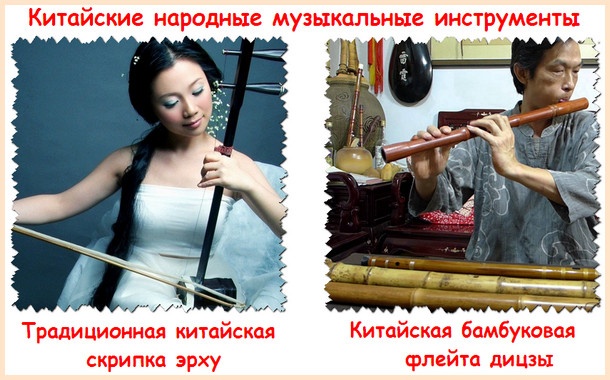
The Place of Folk Musicians in Chinese Culture
The performers, who innovated the traditions of the people in their work, played a significant role at the court. In the annals of China from the XNUMXth-XNUMXrd centuries BC, musicians were portrayed as bearers of personal virtues and politically literate thinkers.
From the Han Dynasty to the period of the Southern and Northern Kingdoms, culture experienced a general upsurge, and the music of Confucian ceremonies and secular entertainment became a key form of court art. A special chamber of Yuefu, established at the court, collected folk songs.
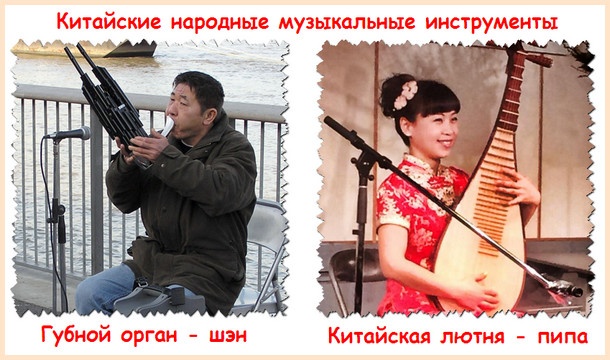
From the 300th century AD, the orchestral performance of Chinese traditional music developed. The teams numbered from 700 to XNUMX performers. Orchestral creativity influenced the further evolution of folk songs.
The beginning of the reign of the Qin dynasty (XVI century) was accompanied by a general democratization of traditions. Musical drama was introduced. Later, due to the complication of the internal political situation, a period of decline began, the court orchestras were disbanded. However, cultural traditions continue to live on in the writings of hundreds of outstanding folk singers.
The versatility of Chinese traditional music is explained by rich cultural experience and the multinational composition of the population. The “savagery and ignorance” of Chinese compositions, as Berlioz said, are long gone. Modern Chinese composers offer the listener to appreciate the versatility of creativity, because in this variety even the most fastidious listener will find what he likes.
Chinese dance “Thousand-armed Guanyin”



